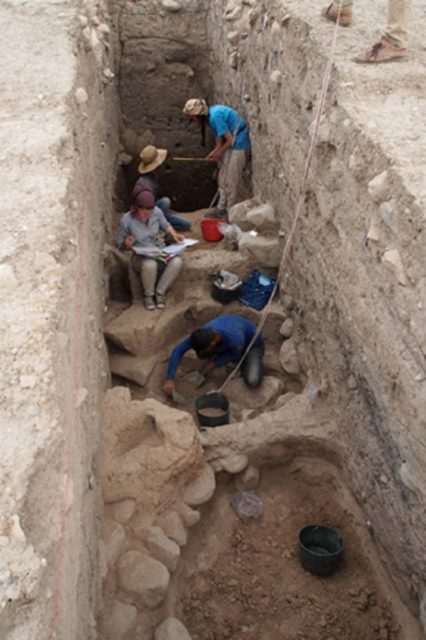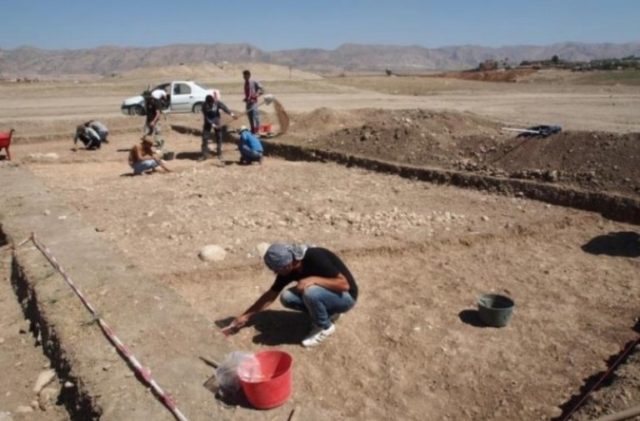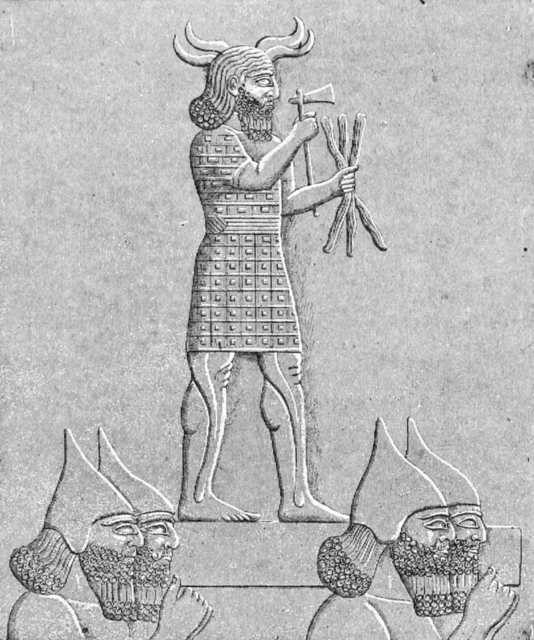Archaeologists have discovered proof of a city wall and temple dedicated to the Mesopotamian weather god Adad
In the eastern slope of the upper region of Bassetki, fragments of the Assyrian cuneiform tablets were found.
The remnants of an ancient city have been found inside northern Iraq. The settlement, close to the town of Dohuk, is thought to have served as a post for the Akkadian Empire, dating back 5,000 years ago. Archaeologists have faith that the Akkadian Empire was the first world empire in human history.

This Bronze Age city was excavated by archaeologists from the Institute for Ancient Near Eastern Studies, also known as IANES. A crew from the University of Tübingen did the unearthing work at the Kurdish Village of Bassetki in the middle of August and October this year.
Their discoveries prove that the city was started in 3,000 BCE. The settlement layers show that it flourished for 1,200 years, with some indicating that the settlement was occupied during the Akkadian Empire period, from 2340 to 2200 BCE.
A city wall was put up around 2,700 BCE, while the huge stone structures were created in 1,800 BCE.

On the outer parts of the city, the team discovered a town that stretched about 1 kilometer (0.62 miles), along with a number of luxurious houses that dated back to the Bronze Age.
It seems the city continued to thrive after the Akkadian Empire fell. There’s proof of extensive road networks that were built in 1800 BCE. Uncovered during the dig, these roads would have connected to the city to Anatolia and Mesopotamia.

They also found Assyrian cuneiform tablets that dated back to 1,300 BCE. These tablets have indicated that there was a temple inside the city, dedicated to the Mesopotamian rain and storm god, Adad. Even though the statue was stolen from the National Museum in Baghdad during the Iraq War of 2003, U.S. soldiers located it. Until this new discovery was made, researchers haven’t been able to explain the location of the Bassetki statue. The premise that an important post of the Akkadian culture might have been located there has now finally been verified.
The team is also part of another project that is being managed by the Resource Cultures Collaborative Investigation Center (SFB 1070). Since 2013 they have been managing an archaeological inspection of the region surrounding Bassetki as far as the Turkish and Syrian borders. More than 300 sites have been found that no one knew about before. The research work and excavations in the region are scheduled to continue during the summer of 2017. It will be funded by the Fritz Thyssen Foundation.
The excavations went down to the Bronze Age layers up to the parts of Bassetki. Bassetki had been first recognized as a site of archaeological significance in 1975 following the finding of the Bassetki statue. This was a piece of a bronze figure of the Akkadian god-king Naram-Sin, and it was dated to 2250 BCE. The latest unearthing helped the archaeologists explain why the figure was discovered on the site. They believe that the city served as an important post for the Akkadian Empire throughout its short history.
More excavations have been planned in the area that surrounds Bassetki. Researchers are expecting to start work during the summer of next year.

Peter Pfälzner led the latest dig. He said that the area around Bassetki is providing unexpected cultural riches for the region.
Here is another story from us: Monumental Forgotten Gardens of Petra Rediscovered After 2,000 Years
This place was located at the crossroads of communication routes between the Anatolian, Mesopotamian, and Syrian cultures during the Bronze Age. They’re planning to launch a long-term archaeological research project in the region in union with their Kurdish colleagues.
